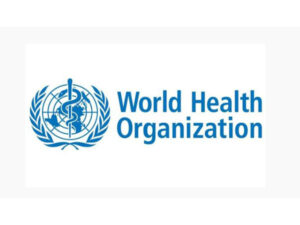New Lancet report sets goal of cutting chances of early death globally in half
New Delhi, Oct 15 (PTI) Ahead of the 2024 World Health Summit, in which the World Health Organization (WHO) is a partner, a new report by the Lancet Commission on ‘Investing in Health’ has set a goal of cutting the probability of premature deaths around the world in half by 2050.
Seven of the 30 most populous countries, including Bangladesh, Ethiopia, Iran, and Turkiye, are on track to meeting the “ambitious,” yet “feasible” goal, which the report’s authors have called ’50-by-50′.
The international team includes authors from institutions such as Harvard University’s School of Public Health, the WHO, and Public Health Foundation of India, New Delhi.
They explained that on average, a 2019-born person had a 31 per cent chance of dying before turning 70 years of age. If the 50-by-50 goal was achieved globally, a 2050-born individual can expect to have only a 15 per cent chance of dying before turning 70, they said.
The authors said that the gains made by the seven countries in slashing chances of early death can be achieved early on the route to providing full universal health coverage.
To achieve the 50-by-50 goal, tobacco control, including taxation, is the most important policy that governments can adopt, given the tobacco-related deaths and the established capacity of governments to implement tobacco policy, the team said.
Besides other causes, consuming sugary drinks has been related with an increased risk of early death and heart disease, among people with type 2 diabetes, according to a study, led by Harvard University and published in the British Medical Journal in April 2023.
With regards to the exceptionally high death risk from pandemics, the authors attributed the success of the best-performing nations, such as China and Japan, to national implementation of public health fundamentals — early action, isolation and quarantine, along with financial support for the exposed.
As part of a focussed approach to strengthening health systems, the authors proposed a range of interventions that they said could be cost-effective and feasible to implement across high-, middle- and low-income nations.
They said that scaling up investments and services for only 15 priority health conditions — eight infectious and maternal health conditions, and seven non-communicable disease and injury-related conditions — could cut premature deaths by 50 per cent by mid-century in the countries choosing to do so.
A decline in deaths due to these 15 conditions were key to the gains made in life expectancy between 2000 and 2019, the authors said.
However, the interventions addressing these 15 conditions continue to be inaccessible to millions, they said and attributed it to the lack of focus in the high-priority initial steps of universal health coverage.
Other fiscal policies, including taxation of unhealthy food and drinks and removing fossil fuel subsidies, would benefit health directly and create revenue that can be invested in health services, the authors said.
“The 50-by-50 goal, with an interim milestone of a 30 per cent reduction in the probability of premature death by 2035, remains within reach,” the authors wrote.
“The most efficient route is to focus resources against a narrow set of conditions and scale up financing to develop and deploy new health technologies.
“Our analyses have shown that the economic value of achievable mortality declines is high and is often a substantial fraction of the value of gains from economic growth itself,” the authors wrote.






